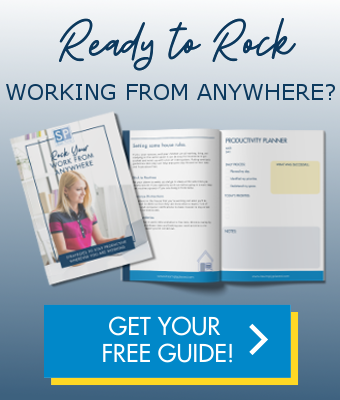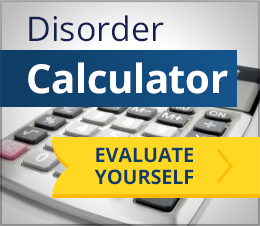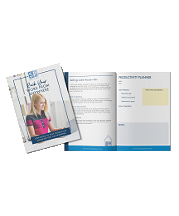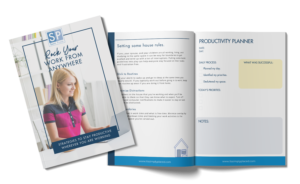
Mom, where’s my hat? Mom, where are my pants? Mom, where is my…?
My house has been filled with a chorus of “Mom, where’s my…” lately. And I’ve realized that we don’t need the routines we had in place during the school year to help keep track of backpacks, lunch boxes and library books What we do need are summer-time routines to help keep track of outdoor gear, hats, sunglasses and toys over the course of the day and in various places when we live outside of the school-year schedule. Here are things you can do to establish summer-time routines to help your kids manage their stuff and to al least lessen the number of “Mom, where’s my…?”s you hear each day.
Establish landing spots for things. Think about a heliport. The landing spot for a helicopter is crystal clear. The landing pad is well labeled and can be identified from a distance. Nothing other than a helicopter is allowed to use the space. There is a common understanding around what the helipad is for and how it is to be used. Landing spots for your things should operate like a helipad. Landing spots for sunglasses, hats, sports gear, etc. should be clearly established, labeled, clear of other items and family members should have a common understanding of the location and purpose.
Practice take-offs and landings. Helicopter pilots don’t just magically have the skill to successfully take-off and land at the heliport. Neither will your children magically be able to use the landing spots for their things without some instruction from you. Take advantage of all of the various ways children can learn. Talk to them about the benefits of having a landing spot and the steps in a routine for finding, using and putting away. Show them their landing spots. Have them walk through the routine of taking off and landing. Time them as they move through the routine and compare it to the time spent looking for the lost item. It always takes less time to put something away where it belongs and find it on the first try! Have them compare the way they feel when they can’t find something to the way they feel when they can find something easily.
Let your child be the pilot. As parents we have a tendency to over-function for our kids and do things for them because it will be easier, take less time, there will be less push-back, etc. This doesn’t help them learn to fly on their own. If you have set up clear and consistent landing spots, taught your children how to use them and helped them practice, now it is time to let them fly solo. When they ask, “Mom, where’s my…?” (and they will), say that it would make sense to look in the landing spot. If it’s not there, don’t go find it for them. Be supportive and help them think through how to find it. Try not to get caught up in their emotional response to the stress and frustration of not being able to find what they need. Keep track of the time spent finding the item. Later, when emotions aren’t as high and when your child is in a place to reflect, talk about what happened, how it felt and how much time it took. Re-teach the routine and practice take-offs and landings. Letting your child be the pilot and you be the support goes a long way to helping him or her develop strong and reliable organizational skills.
More ways to help children develop organizational skill:






